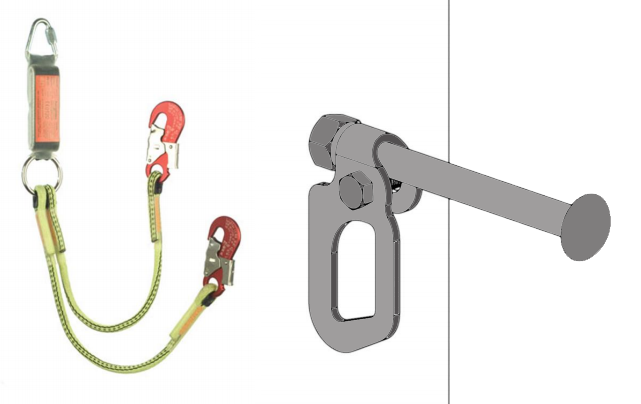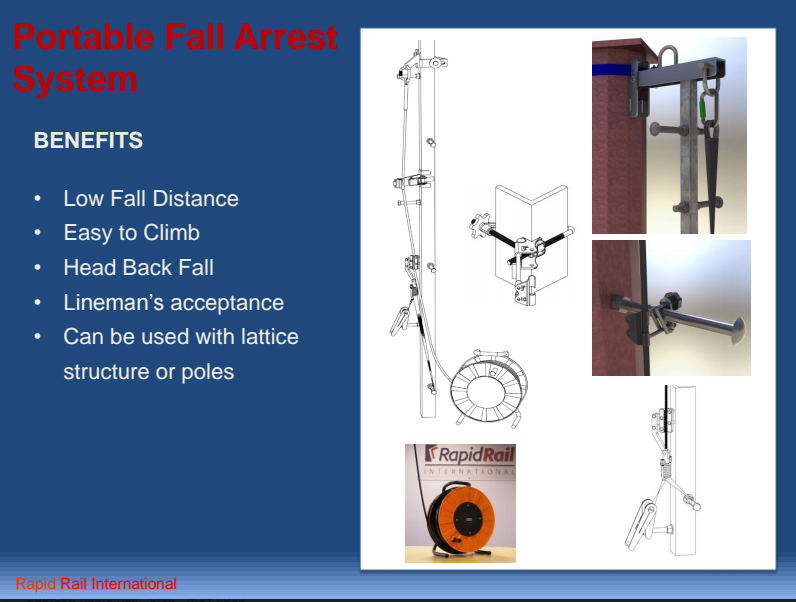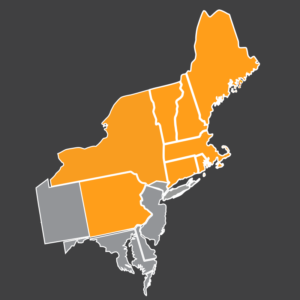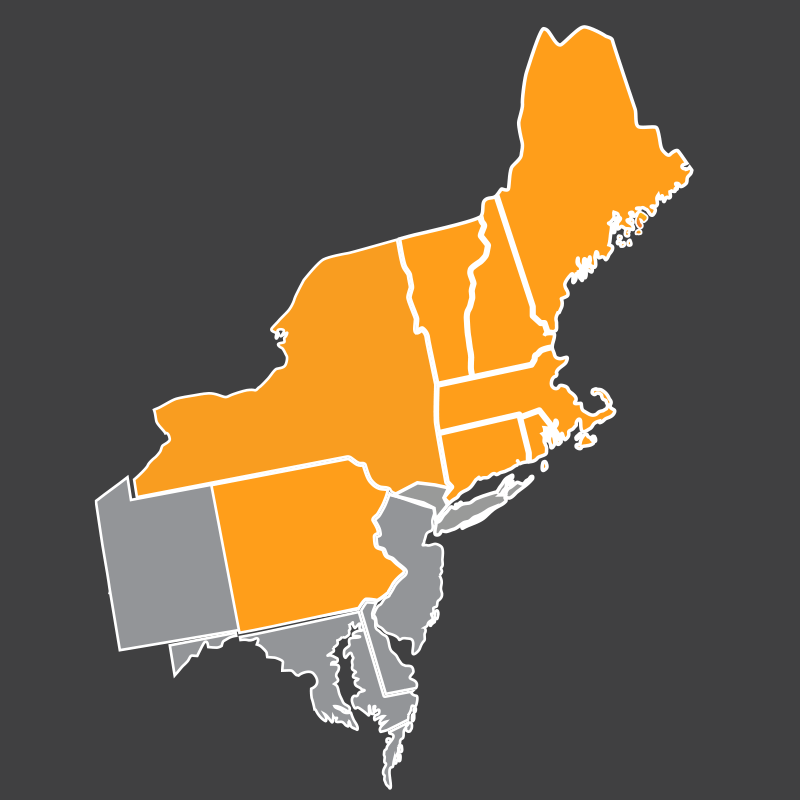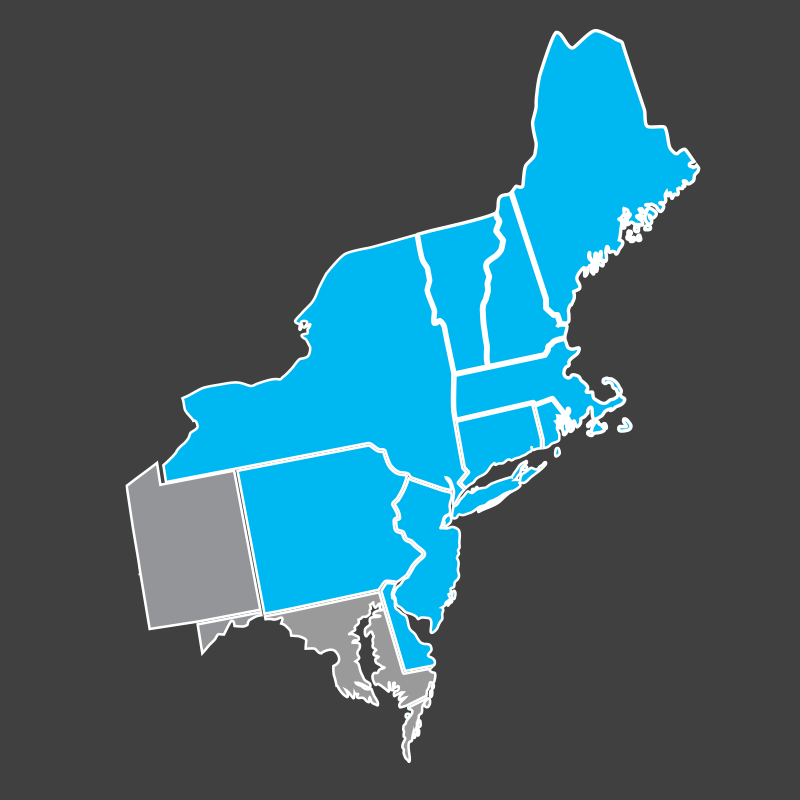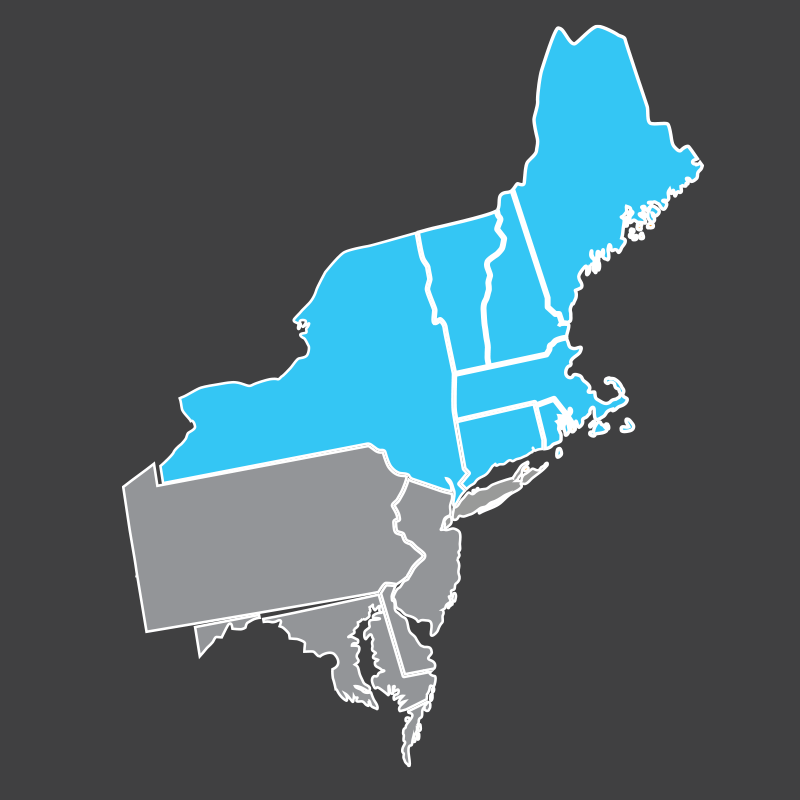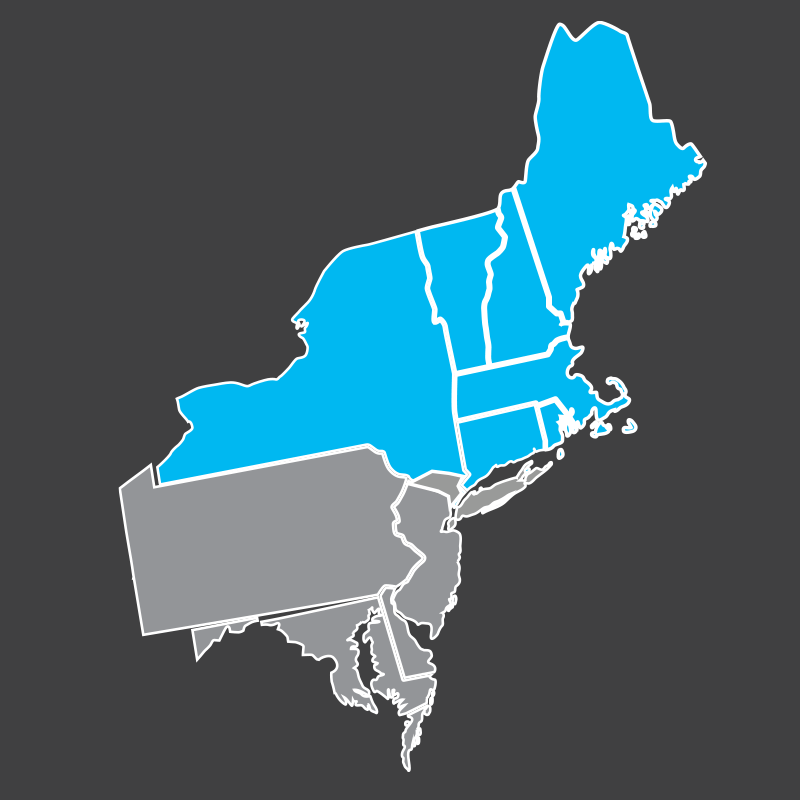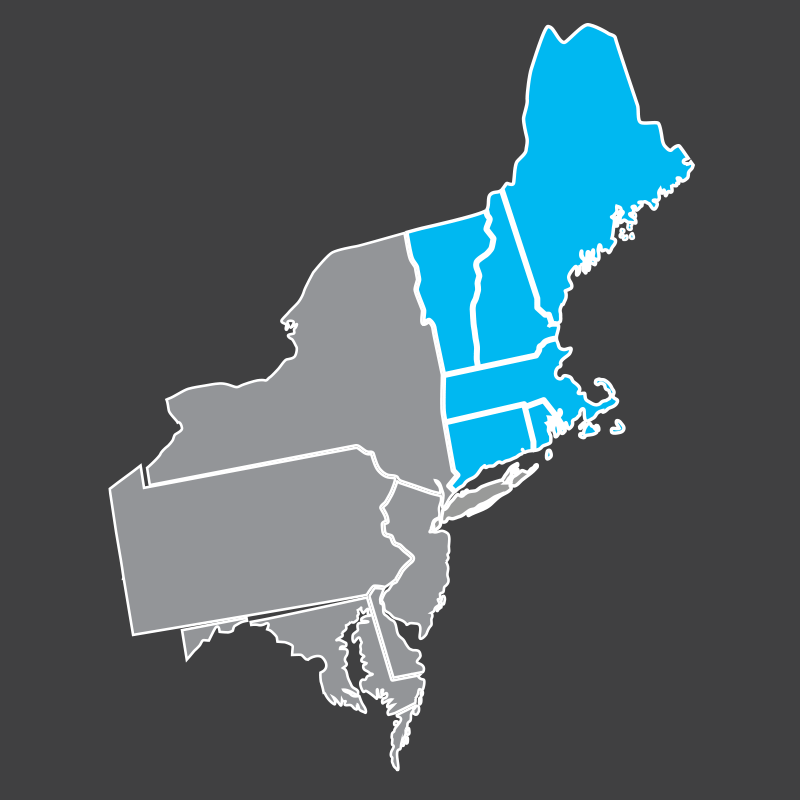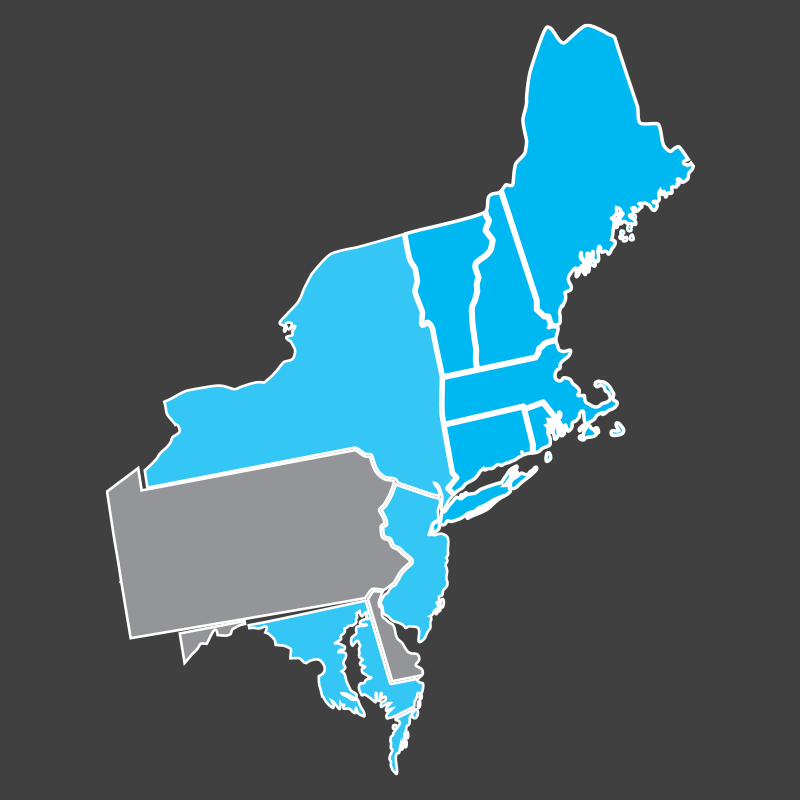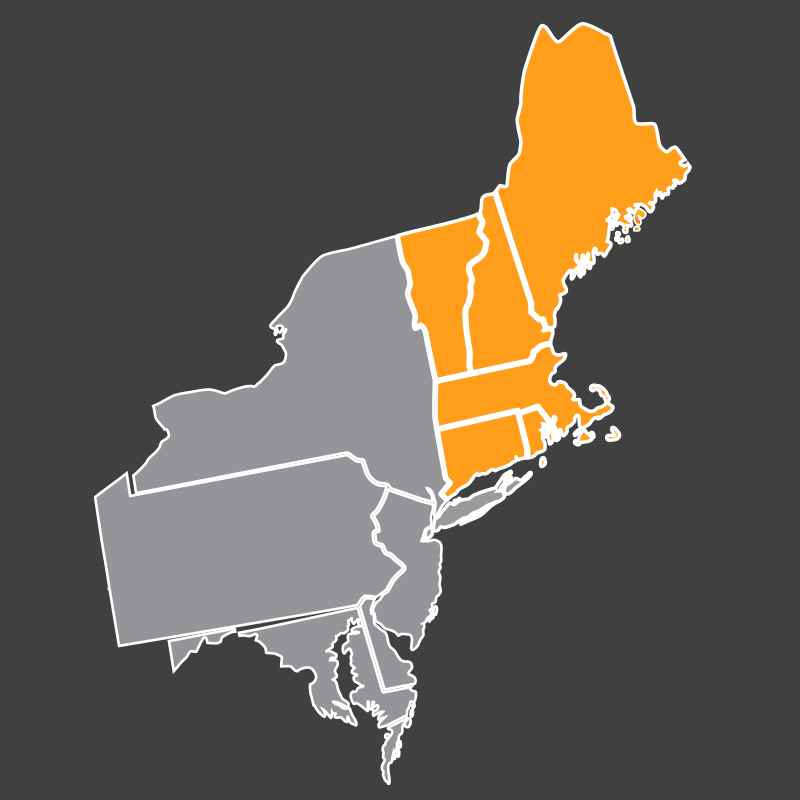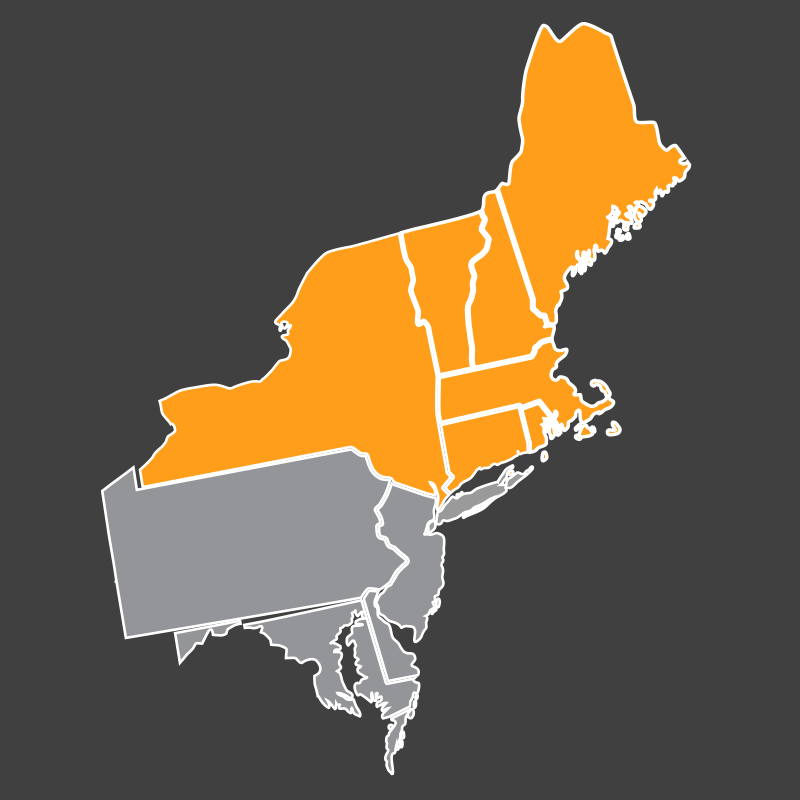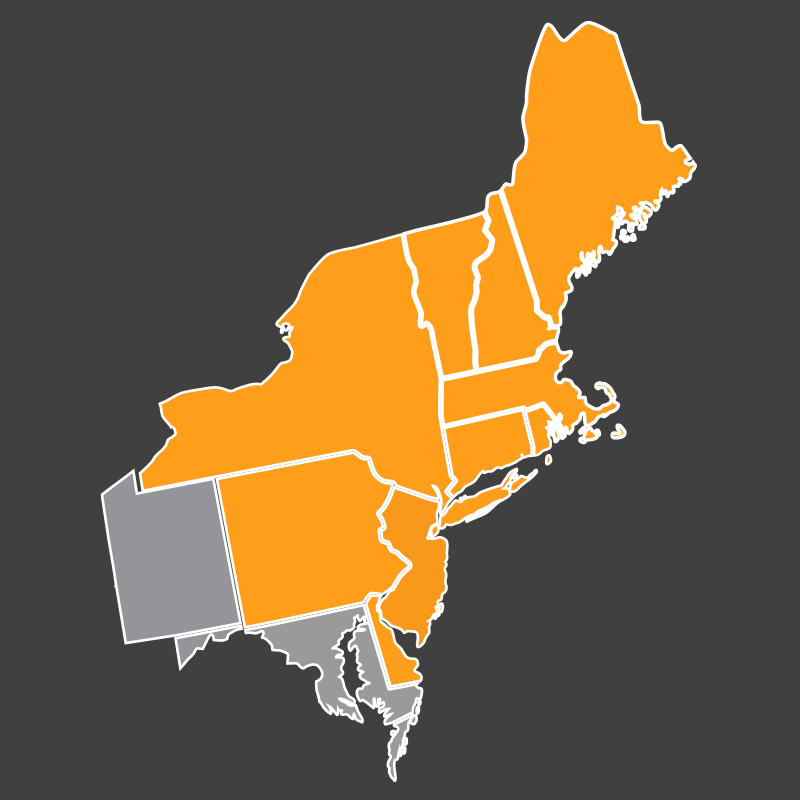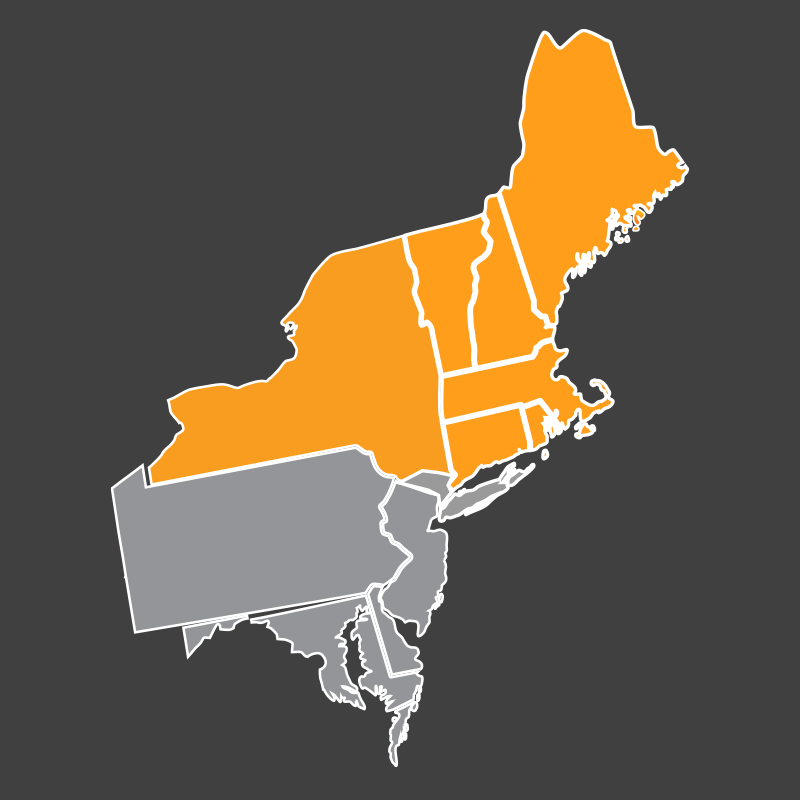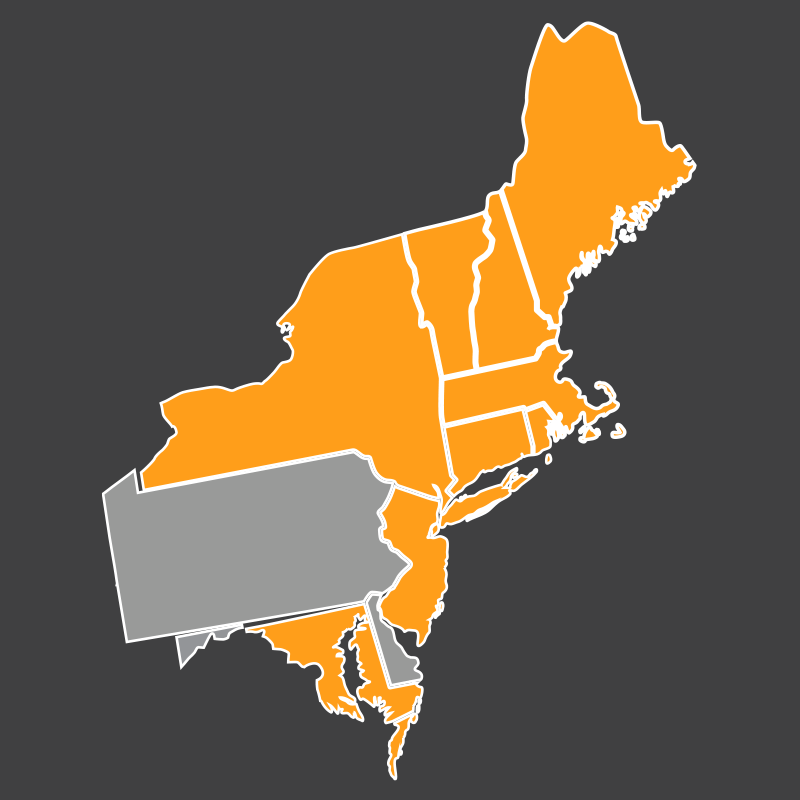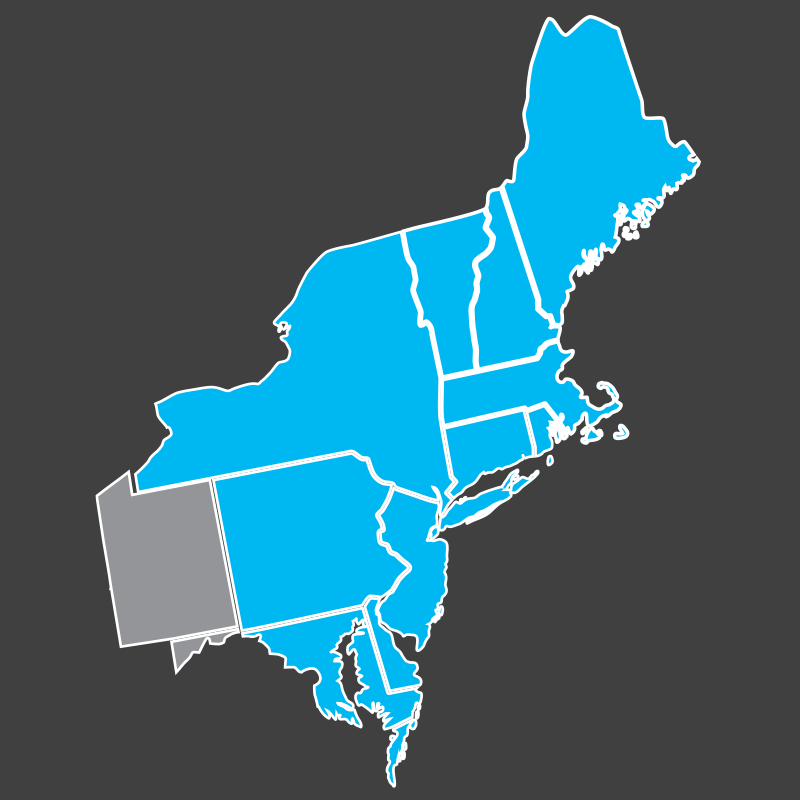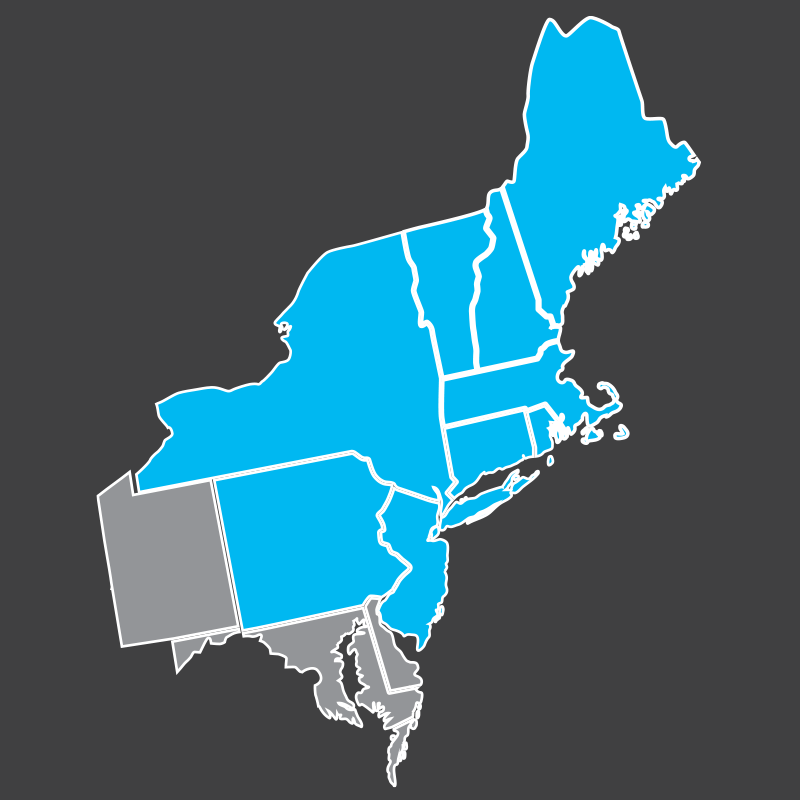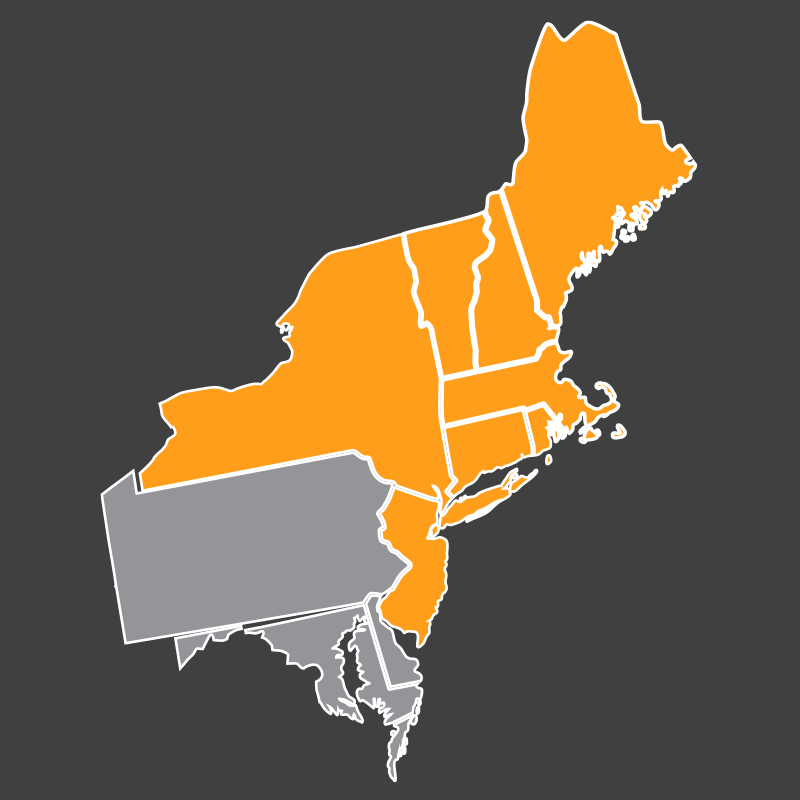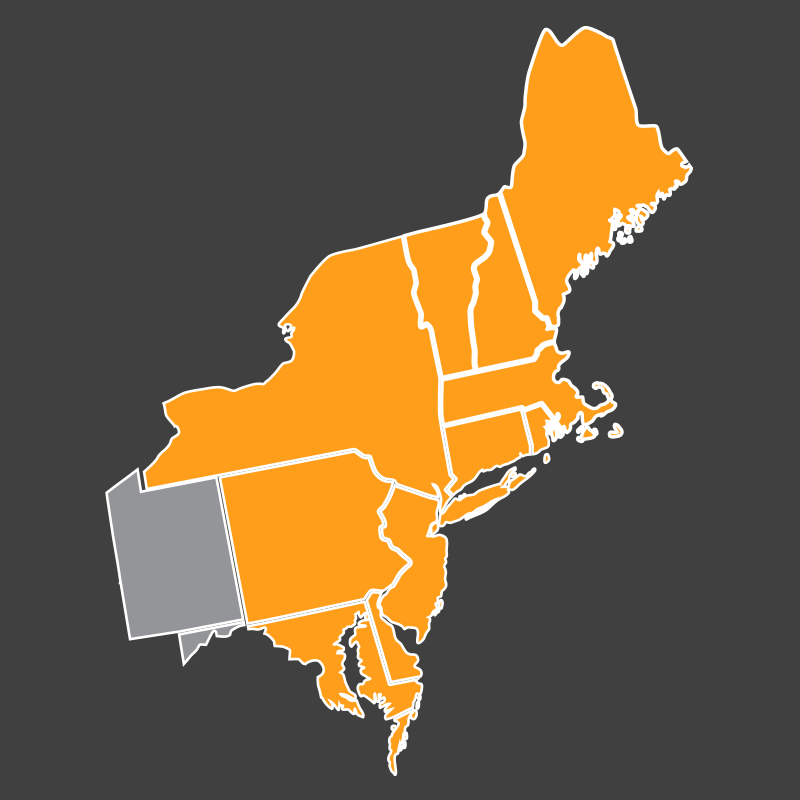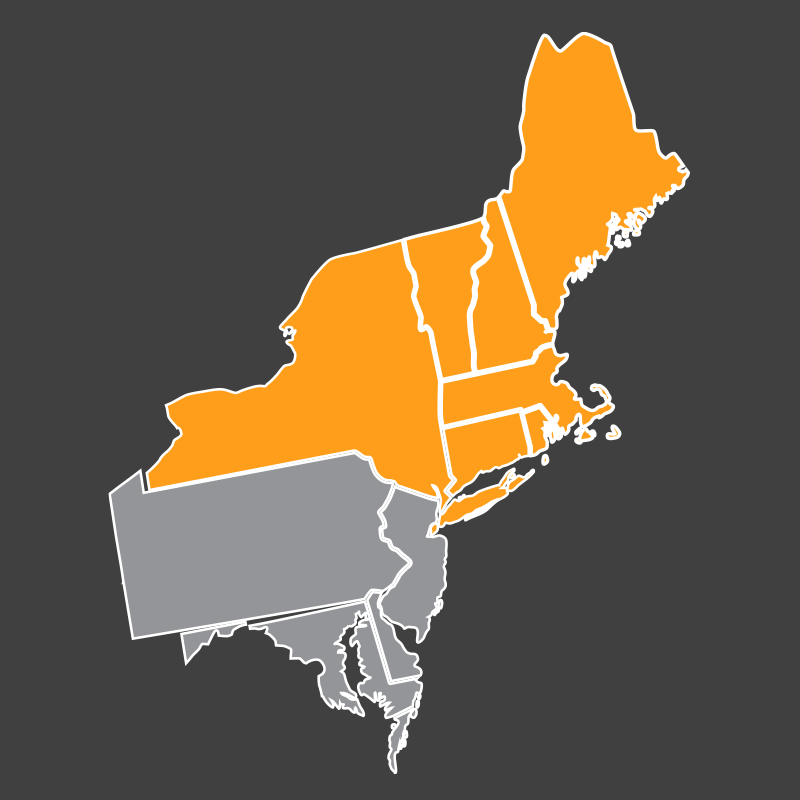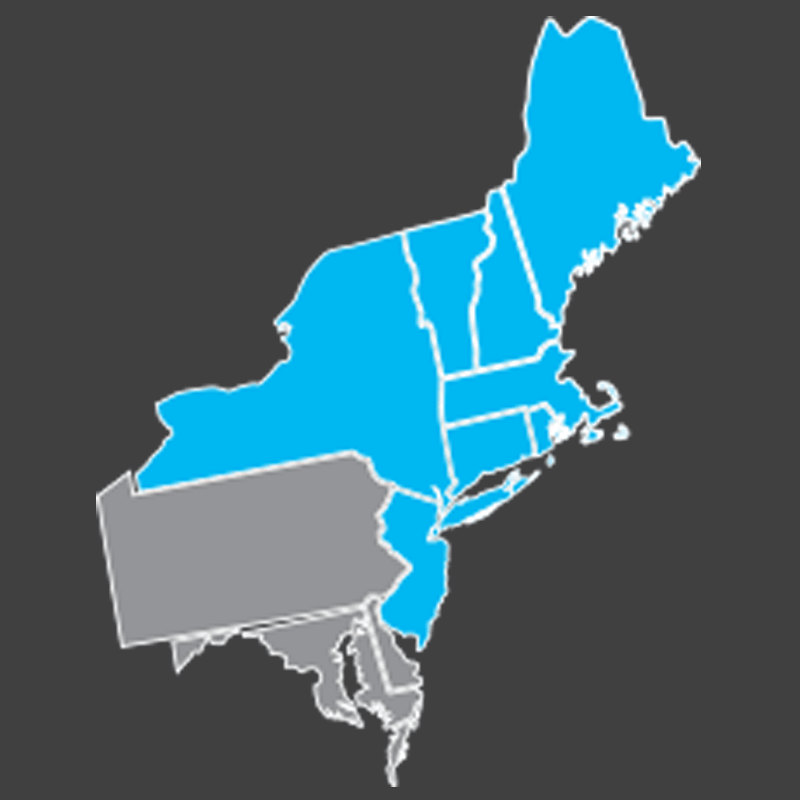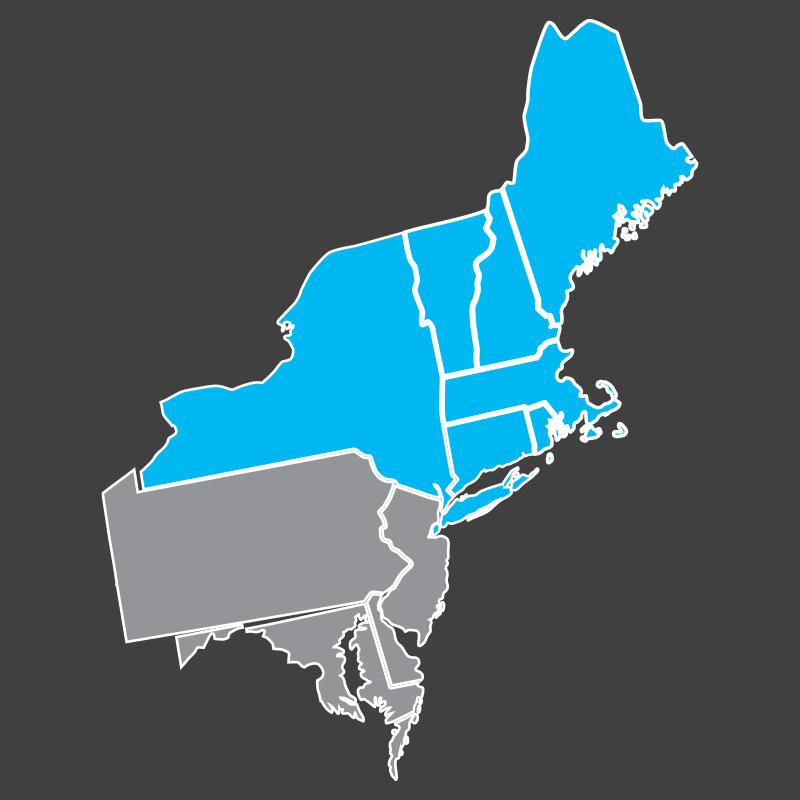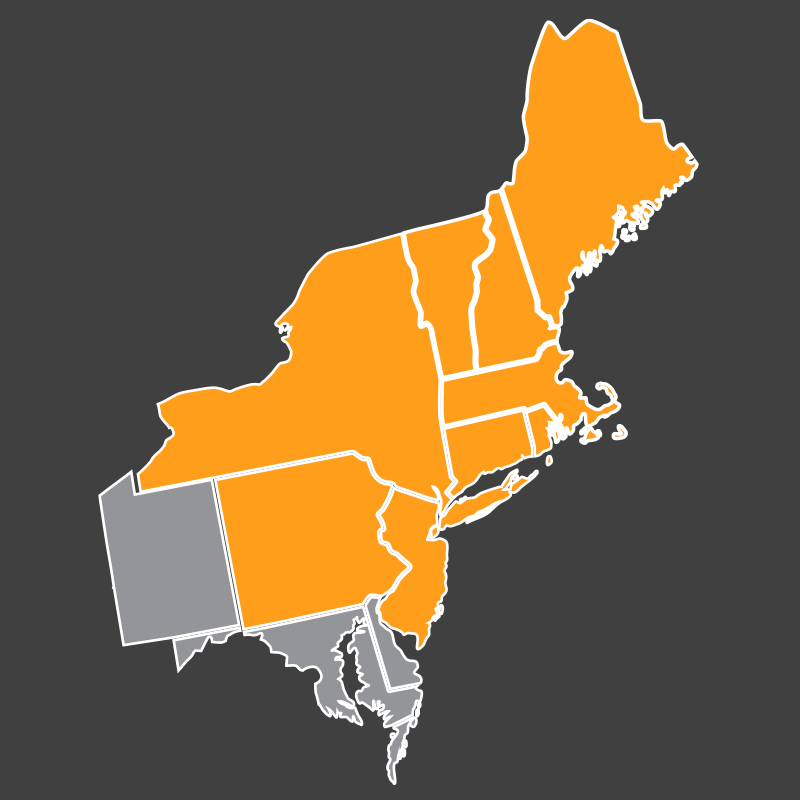The Challenge
For many years the electricity transmission industry has been, with certain provisos, exempt from OSHA height safety requirements. This changed on April 1st this year when OSHA implemented 29 CFR 1910.269(g)(2)(iv)(C)(2) and (3) and 29 CFR 1926.954(b)(3)(iii)(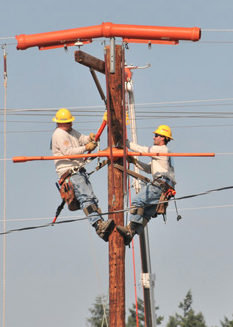 B) and (C). In essence, the new requirements are:
B) and (C). In essence, the new requirements are:
- Everyone working more that 4ft above the ground on poles, towers or similar structures must be protected from falling.
- Fall arrest anchors must be capable of withstanding a 5000lbs force or twice the expected fall arrest force if using an engineered system.
- Maximum free fall distance is 6ft.
- Maximum fall arrest force is 1800 lb/ft
The Good News
OSHA has decided that until May 31, 2015, no citations will be issued under 29 CFR 1910.269(g)(2)(iv)(C)(2) or (3) or 29 CFR 1926.954(b)(3)(iii)(B) or (C) to employers complying with the fall protection requirements in the version of 29 CFR 1910.269(g)(2)(v) that was in effect on April 11, 2014.
The new OSHA requirements apply equally to new and existing structures. Newly designed structures are easy to address with built-in anchors and brackets. However, it is the myriad of existing towers / structures that pose a heightened challenge to lineman and their employers. They should consider more versatile OSHA ready vendors when selecting safety equipment.
Some theorists cite the Pareto Principal which indicates 80% of the climbs will be on 20% of the structures. For us, this means two categories:
(1). 20% = frequently climbed structures. (2). 80% = infrequently climbed structures.
For frequently climbed and new structures
Consider an ergonomic system that is fast to install and offers lineman a near to free climbing experience – Video
This demonstrates our permanent, wire rope based system (RRi VCS System). It comes in many versions to meet nearly all tower and steel pole designs. If not, we are a solution provider who will design to fit your particular need.
For infrequently climbed structures.
Attach an S-Konnector product to stepbolts about 45” apart. Many stepbolts do not have the strength to be used as fall arrest anchors when a force is applied to the end of the bolt but the S-Konnector directs the force to a suitably strong area. When used with a suitable twin leg shock absorbing lanyard this is a safe method of climbing.
For infrequently climbed structures that need to be regularly climbed over a short period.
Occasionally infrequently climbed structures are scaled many times during a short period, for example when re-stringing a route. For these occasions we offer a lightweight, portable fall arrest system that can be quickly rigged to a structure and offers the climbing advantages of the permanently installed system for a limited period.
Height safety is a big and complex issue. Rapid Rail International has been a specialist in height safety for electricity transmission structures for more than 12 years and can help you understand the issues and select the right method for the job. Please contact Power Sales Group — we can help.




